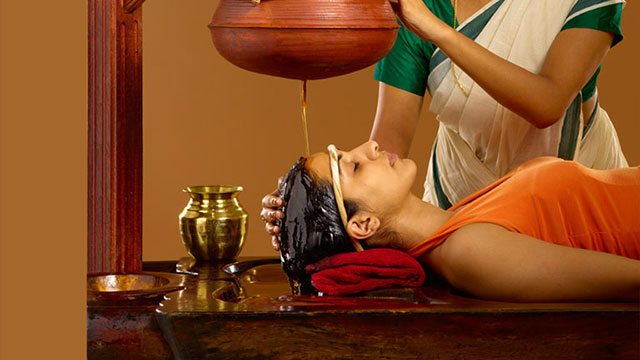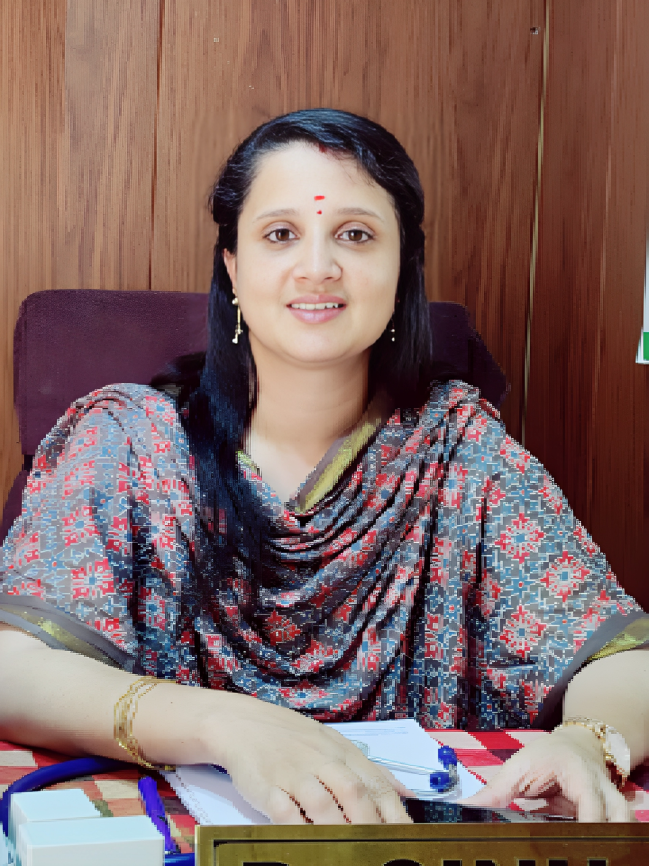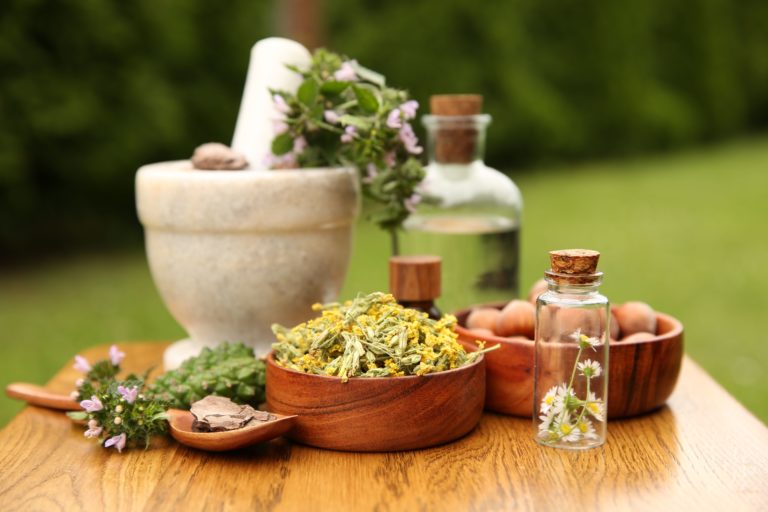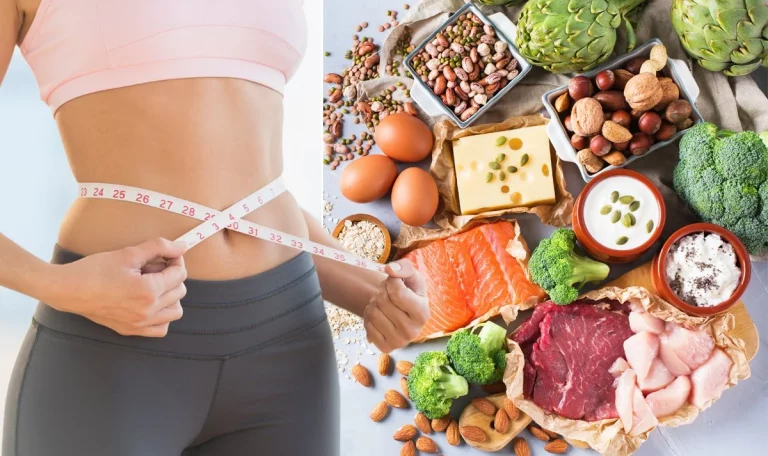Stroke is a life-changing state affecting millions of people worldwide, causing reduced mobility, muscle weakness, and loss of function. Rehabilitation plays an important role in restoring normal life after a stroke, and Ayurveda provides a general and effective approach to improvement. With its time-tested treatments and special massage techniques, Ayurveda treatment for stroke can significantly improve the dynamics, restore nerve function, and increase general well-being.
In Ayurveda, the stroke is referred to as the “Pakshagatha” caused by an imbalance in Vata Dosha. Vata controls movement, nervous function, and coordination in the body. When stimulated, it can cause neurological loss, muscle stiffness, and loss of motor control. The goal of Ayurveda treatment is to calm the increased vata, rejuvenate the nervous system, and increase blood circulation through special massage techniques and means.
The purpose of stroke rehabilitation is to help individuals get freedom and improve their quality of life. However, this process can decrease, and it requires a broader approach that addresses both physical and emotional. This is where stroke treatment can play an important role in supporting the body’s natural healing processes.
Many Ayurvedic massage techniques are specially designed to help with stroke recovery. Let’s look at them in detail.
Ayurveda’s Role in the Rehabilitation of Stroke
In the case of stroke rehabilitation, Ayurveda treatment for stroke with an individual and integrated approach that can complement traditional treatments and help individuals get faster.
Ayurvedic principles believe that the body consists of three doshas, Vata, Pitta, and Kapha, which are responsible for various physical functions. A stroke is often associated with an imbalance in these two, especially Vata dosha, which controls movement and circulation in the body. Treatments for strokes are designed to restore balance, promote circulation, and improve nerve function, all of which are necessary for the recovery of stroke.
Ayurvedic massage, known as Abhyanga, is one of the most effective Ayurvedic therapies for stroke rehabilitation. This involves the application of warm herbal oils followed by rhythmic and soothing strokes. It improves circulation, relieves muscle tension, and promotes the flow of energy throughout the body. It is especially beneficial for stroke patients because it enhances blood flow to the affected areas, reduces stiffness, and promotes muscle relaxation.
1. Abhyanga (Traditional Ayurvedic Oil Massage).
The main foundation of Ayurvedic massage therapy is Abhyanga. During the treatment, warm herbal oils are applied with soft, rhythmic strokes over the body. Oils used for this procedure are chosen after ascertaining the dosha imbalances of the individual and the specific requirements. For stroke rehabilitation, the common oils include sesame oil, coconut oil, and medicated herbal oils such as Kshirabala oil.
Advantages of Abhyanga for Stroke Recovery:
- Improved circulation: The massage stimulates blood flow to the affected areas in the body, improving oxygen and nutrient delivery to damaged tissues.
- Relaxation of muscles: Even stroke survivors often suffer from spasms and tension in their muscles, which Abhyanga helps overcome through multiple massages.
- Nerve Stimulation: The smooth stroking activates the nervous system and promotes nerve regeneration, with reduced chances of permanent disability.
2. Shirodhara (Oil dripping therapy)
Shirodhara is one of the Ayurvedic treatments, wherein the warm herbal oil continuously drips on the forehead. The treatment for stroke focuses on a cure with an easy-going, smooth nervous system to maintain clear thoughts and ease tension in the brain. It’s one of the therapies in which stroke patients who experience depression or anxiety while recuperating will benefit from a tranquil mind.
The benefits of Shirodhara for rehabilitation after a stroke are:
- Mental Clarity: Shirodhara relieves the mind and improves focus and mental functioning.
- Stress Reduction: Treatment reduces anxiety, depression, and emotional stress caused by the patient after the stroke.
- Improved Sleep: Shirodhara helps sleep better, letting the body rest and recover.
3. Pizhichil or Oil Bath Therapy
Pizhichil is a therapeutic treatment where medicated oils are poured over the body while gentle massage strokes are applied. This oil bath is commonly administered to patients who suffer from muscle weakness, joint stiffness, and chronic pain. Indeed, this treatment is ideal for recovering stroke victims who need easy mobility.
Advantages of Pizhichil in Stroke Recovery
- Relieves Joint Stiffness: Usually, the stroke patient’s limbs can become stiff, limiting more flexibility in movement. Pizhichil increases the suppleness of the joints.
- It improves the circulation of blood and encourages natural detoxification of the body.
- Reduces Inflammation: Pizhichil helps to reduce swelling and inflammation in the affected muscles and joints; there is rapid recovery.
4. Udvartana (Herbal Powder Massage)
This technique involves a kind of massage on the body applying herbal powders for exfoliation. Udvartana helps improve the flow of blood, tones up the muscles, and removes toxins. To patients who experience strokes, the Udvartana is given to stimulate their muscles, break down hardness, and generally assist in movement.
Benefits of Udvartana for Stroke Patients
- It develops muscle tone: The herbal powder massages deep into the muscle tissue to return muscle tissues to their strength and elasticity.
- Improves Circulation: Udvartana helps improve circulation which nourishes the affected muscles and tissues.
- Reduces Stress: Other areas alleviated by the treatment involve mental and physical stress after being inflicted by a stroke.
Other than Ayurvedic massage, the Ayurveda Treatment also has herbal remedies, diet changes, and detoxification treatments. They work together with these therapies in harmony to ensure the body is naturally healing better.
For example, Detoxification treatment in Kerala is another of the Ayurveda treatments that must be completed. Panchakarma treatments are used for cleansing the body of toxins built up that prevent healing. At Ishani Ayurveda Treatment Centre, these therapies are also available to assist the body restore its natural order and revitalize its vital organs.
Ayurveda Treatment in Kerala also includes specific lifestyle modifications, such as diet, exercise, and stress management techniques, to ensure a holistic approach to healing. For stroke patients, these treatments can enhance the effectiveness of traditional rehabilitation methods and promote a quicker recovery.
Conclusion
Ayurvedic massage techniques are a vital part of Treatment for Stroke and can significantly contribute to the rehabilitation process. From Abhyanga to Shirodhara, these therapies offer a natural, holistic approach to stroke recovery, promoting healing, reducing stress, and enhancing mobility. At Ishani Ayurveda Treatment Centre, we are committed to offering customized Ayurvedic treatments that support stroke patients on their journey to recovery.
From locally prepared treatments to immersive programs like Ayurvedic Panchakarma treatment at Munnar, Ayurveda offers very effective stroke rehabilitation techniques by supporting the body’s natural ability to heal and balance itself.




